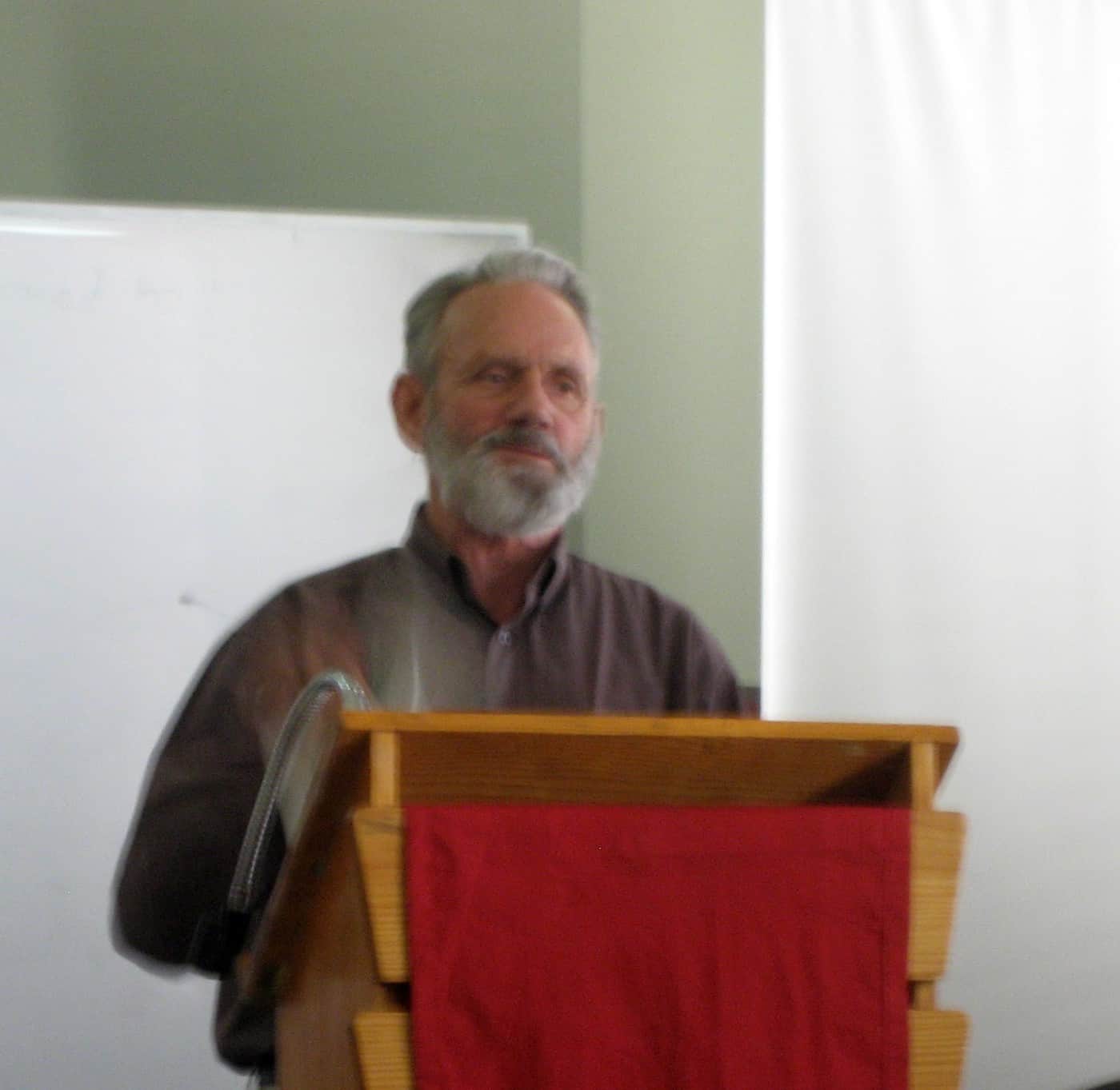Workplace fatalities have markedly increased in Victoria over the last couple of months. According to WorkSafe Victoria information nine people have died within the last two months bringing the current total to 27 for 2009.
Victoria has a high awareness of the need for safety in the workplace, principally due to the advertising campaigns of WorkSafe which began, in one form or another, in the 1980s when Andrew Lindberg was WorkSafe’s CEO. But clearly awareness of the need for safety is not being translated into action.
WorkSafe Victoria has become alarmed at the recent surge in deaths and issued a media release asking for things to settle down. John Merritt, executive director, has said
“With many industries now reaching their peak activity the risks are extreme as people rush to get work completed and begin to think about what Christmas, holidays and the New Year has to offer.
“The construction and manufacturing sectors are aiming to complete projects before a summer shutdown, while transport, warehousing and retailing are ramping-up to Christmas.
“With just a few weeks before Christmas and the spectre of nine deaths in two months behind us, employers and workers must lift their game and reject the urge to take shortcuts or become complacent.”
But there is nothing unique about this time of year as the same activities, the same work pressures exist each year at this time. More analysis is required of why this October and November 2009 have been particularly bad. This analysis needs to be much deeper than the market research and attitudinal studies that OHS regulators frequently undertake.
Dead men tell no tales but survivors do and perhaps it is time to investigate the circumstances of an incident in a way that is outside of the legal/prosecution motivation. Everyone has a different perspective on a workplace incident and many are less than truthful or honest in order to not incriminate themselves or because a lawyer has advised against unsupervised cooperation. Could it be possible to offer a special consideration to the witnesses of an incident, prior to the Court experience, so as to encourage accurate data of an incident that can then be issued as a safety alert?
The media releases of OHS regulators often refer to incidents that have occurred months or years ago when the circumstances are only remembered by the Courts, the company and the family of the deceased. Surely there must be some way of issuing an interim alert that does not jeopardise the prosecution? The preventative benefit would be so much more if the alert relates to an event that has occurred within the last week, for example, or while the tragedy is still being reported in the media.
In various venues throughout Victoria, John Merritt, has been showing a graph of the number of fatalities in the State in line with the National OHS Strategy leading to 2012. Earlier this year, the fatality rate was above the benchmark. Now, WorkSafe must be realising that the 2012 target is likely to be impossible.
Australia is not renowned for its OHS research. What occurs is way below that of other similar economies and the funding is abominable. It may be time to pull back on advertising expenditure and start researching the causes of the fatalities for a quick turn around of, at least interim, results. Until this occurs, regardless of regular pleas from OHS regulators it is likely that we will still be hearing of incidents like these from Victoria:
“…a 42-year-old man fell from a roof and died while installing cables for a television antenna on a house in Tullamarine.”
“…another 42-year-old man is being treated for serious burns at the Alfred Hospital after fuel ignited as he prepared to refill a generator…”
“A man has died at Werribee after being run over by the trailer of a reversing tractor”
“…a farm worker was run over by a tractor on another Werribee South vegetable farm. He suffered serious injuries to his pelvis and was flown to hospital for surgery…”
“A Lower Templestowe man, 47, died from crushing injuries after a tractor he was driving became entangled in a steel wire supporting poles for a canopy over a Wandin North orchard.”
“A 45-year-old dairy farmer died near Portland when he was hit by his tractor and an implement and suffered fatal crushing injuries.”
“A man’s head was crushed between an industrial chipper and a truck at Warrandyte North”
“A man aged in his 50s died at Bannockburn near Geelong while operating a boom lift. He was found crushed between the machine’s bucket and the roof of a building in which he was working”
What we can be sure of is that 27 Victorian families will not be celebrating this Christmas.








